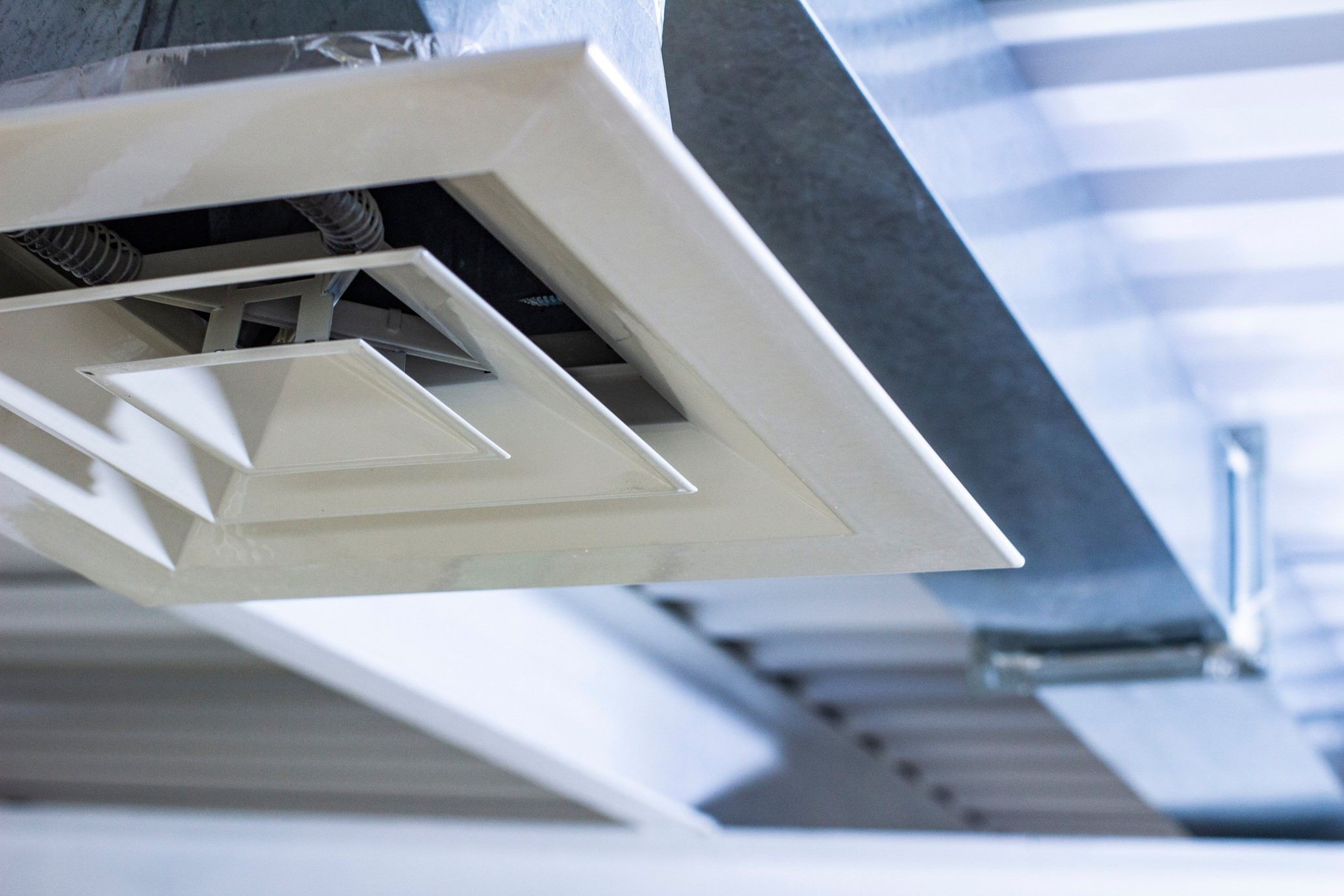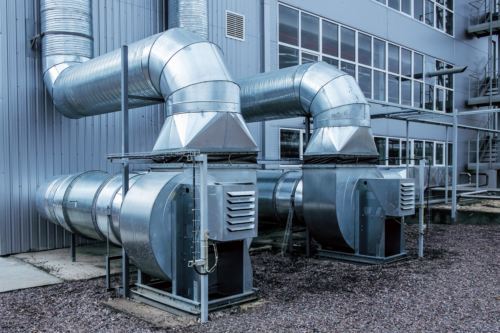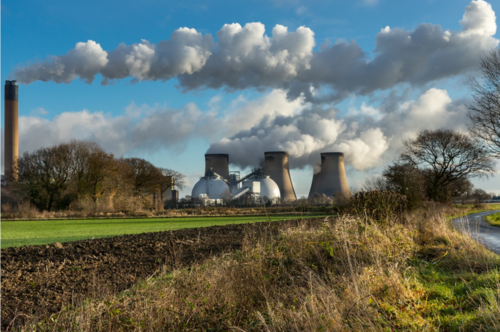UK Government publishes updated Building Regulations to support its bid to reach net zero by 2050

In December, the Government published significant changes to the Building Regulations and associated Approved Documents, in a bid to help the UK deliver net zero by 2050.
The update provides an uplift to existing energy efficiency standards for residential and non-domestic buildings and marks a stepping stone towards the introduction of the Future Homes and Future Buildings Standards in 2025. The new standards provide a pathway to highly efficient buildings which are zero carbon ready, better for the environment and fit for the future.
The public consultation which closed in April 2021, was the second stage of a two-part consultation which together proposed an ambitious uplift in the energy efficiency of new homes, non-domestic buildings, and existing residential buildings, through changes to Part L (Conservation of fuel and power), the introduction of Part O (Overheating mitigation) and improvements in building ventilation, including air quality and preventing condensation in Part F (Ventilation). It is Part F that I focus on today.
The updated version of Part F is now split across two volumes, with Volume 1 applying to dwellings, and Volume 2 relating to non-domestic buildings. Importantly, the new guidance includes standards on minimising the ingress of external pollutants as well as the proper installation of ventilation systems. Today’s buildings are built with airtightness and energy efficiency in mind and as a result, they can become stuffy with condensation building to levels that encourage mould growth. Part F addresses these issues by increasing ventilation provision and improving air quality within indoor spaces.
The Covid-19 pandemic has highlighted that ventilation is a vital component for all buildings, as such, there is now a requirement for monitoring indoor air quality (IAQ) in all new build offices and specifically within ‘high risk’ occupiable rooms, where there is a risk of airborne infection. Monitoring may be achieved using Non-Dispersive Infrared (NDIR) mains powered CO2 monitors, or by ‘other means of measuring indoor air quality’. The document fails to expand upon the ‘other means’, so presumably it’s up to the designer to put forward a robust feasible monitoring solution, looking at other key IAQ parameters in addition to CO2. However, small spaces up to 125m3 volume or 50m2 floor area, and large spaces over 800m3 or 320m2 floor space are exempt from monitoring requirements. CO2 monitoring is best suited to high occupant density spaces where the indoor concentration is usually noticeably above background, and individual variations in CO2 emission have less influence on the measured data. It is suggested that in areas classed as small spaces, CO2 concentrations may be influenced by occupant variability, making results less reliable. In areas classed as large spaces, it is suggested that the air is not fully mixed and CO2 monitors may be less representative.
Performance-based ventilation has also been overhauled to allow designers to assess ventilation strategies against individual volatile organic compounds (VOCs), based on data from Public Health England (PHE), as an alternative to using a total volatile organic compound (TVOC) limit. However, it is suggested that testing against these metrics is likely to be more complex than testing against TVOC.
Notably, rumoured proposals to increase the required mechanical ventilation rates for occupiable rooms in offices, and to specify ventilation rates within ‘high risk’ rooms in response to Covid-19 have not been adopted. Instead, the new requirement is for outdoor air to be supplied at the greater of 10 litres per second per person (l/s/p) or 1 litre per second per square meter (l/s/m2) of floor area. New guidance for common spaces, including those used solely or mainly for circulation, suggests that ventilation should be provided at a minimum rate of 0.5 l/s/m2 by mechanical means, or via a suitably located ventilation opening of at least 1/50th of the floor area if ventilating naturally. This rate is below the 1 l/s/m2 originally outlined in the government’s proposals.
Guidance around the recirculation of air within ventilation systems has also been amended and now states that systems should be capable of operating in a mode that prevents the recirculation of air within spaces or between different spaces, rooms, or zones within offices, unless adequate filtering or disinfection systems are in place. Suitable systems are described as those that incorporate UV-C germicidal irradiation designed to target the recirculated air, or those that incorporate HEPA filtration within the recirculated air stream. Should ventilation designers choose to go down the route of HEPA filtration, allowances will need to be made in the form of increased plant and ductwork sizes due to the increased pressure losses incurred across HEPA grade filters, and this can cause a significant issue for retrofit projects.
The 2021 interim uplift to the Building Regulations, which come into effect on 15th June 2022, is intended to provide a meaningful and achievable increase to the energy efficiency standards in the short-term, and support industry to prepare and position itself to build to the full Future Homes and Future Buildings Standards from 2025. Under the new regulations, CO2 emissions from new build homes must be around 30% lower than current standards, and emissions from other new buildings, including offices and shops, must achieve an average reduction of 27% relative to 2013 standards.
Part F and Part L are intrinsically linked and there will always be a trade-off between building energy efficiency and good ventilation, however, by integrating good IAQ sensors with modern building management and HVAC systems, savings can be made by automating HVAC strategies to significantly reduce energy consumption when areas of a building are unoccupied whilst keeping occupied areas both well ventilated and conditioned.
The updated
Approved Document F recognises that good quality air, free of
pollutants, can go a long way to improving the overall wellness of building
occupants. It is fast becoming more and more apparent that poor indoor air
quality can lead to long-term health issues, including the increased risk of
virus transmission.
Latest Articles
How the Internet of Things (IoT) is revolutionising building energy efficiency
Read More >Choosing the right green building certification
Read More >How AI technology is helping reduce energy consumption and carbon emissions in commercial real estate
Read More >What will be the response to spiralling energy prices and will it benefit or harm air quality
Read More >



